-

Northern lights: When we could catch a rare glimpse in the DC area
An unusually strong solar storm hitting Earth produced stunning displays of color in the skies across the Northern Hemisphere early Saturday. News4’s Mark Segraves photographed a colorful sky over the Chesapeake Bay. In Davis, West Virginia, about 160 miles west of D.C., photos shared with News4 show the sky lit up with purple and green streaks. Another photographer sent...
-

A look at northern lights chances in the DC area
Meteorologist Ryan Miller talks about our chances for viewing the northern lights in the D.C. area late Saturday or early Sunday.
-

Solar storm hits Earth, producing colorful light shows across Northern Hemisphere
An unusually strong solar storm hitting Earth produced stunning displays of color in the skies across the Northern Hemisphere, with no immediate reports of disruptions to power and communications.
-
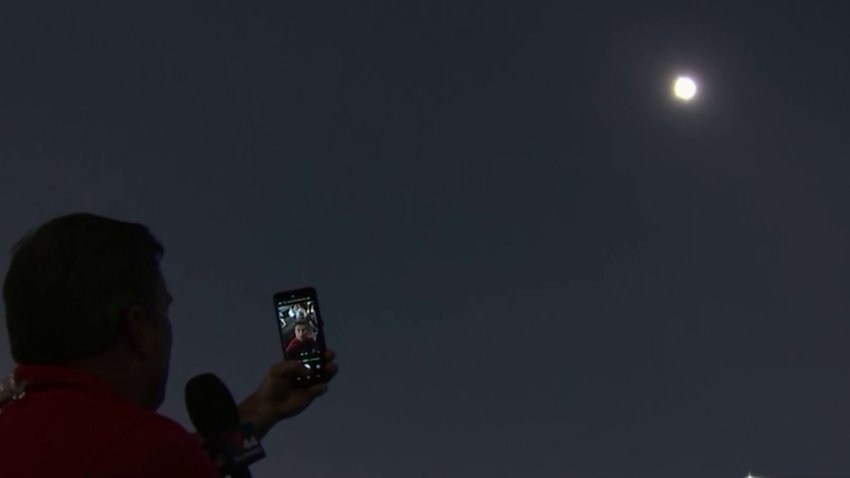
‘Here we go!' Doug Kammerer reports as eclipse plunges Indianapolis into darkness
News4’s Doug Kammerer reports as the 2024 eclipse reaches totality in Indianapolis, Indiana.
-
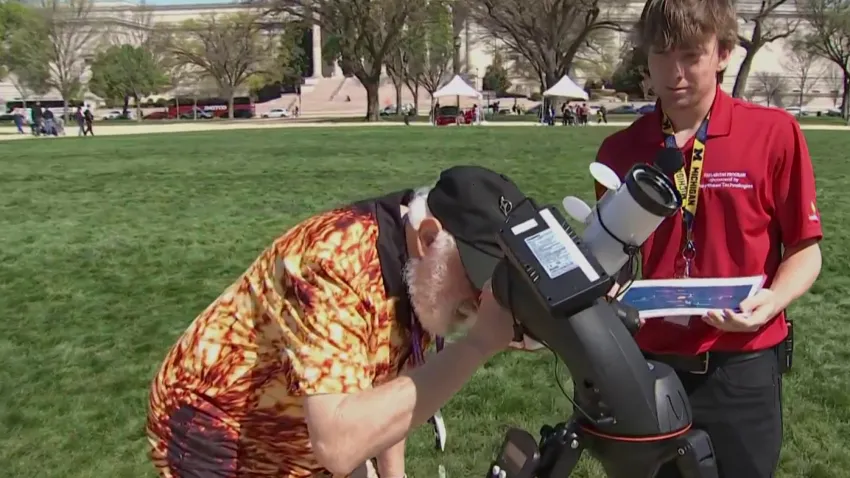
‘Very cool': Excitement builds for solar eclipse in DC
Thousands of people are expected to view the partial solar eclipse on the National Mall in D.C. News4’s Megan McGrath reports on what to know.
-
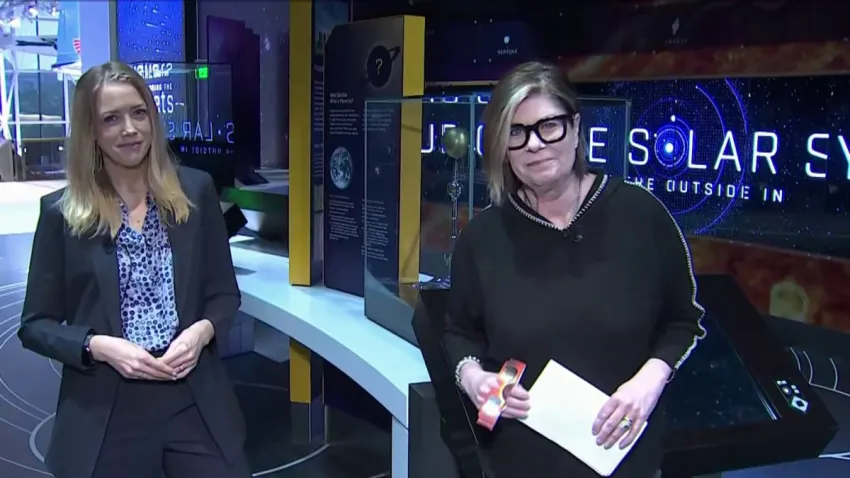
Eclipse Countdown: National Air and Space Museum previews celestial celebration in DC
Excitement is building up as the D.C. area prepares to see a partial solar eclipse. News4’s Megan McGrath spoke to a National Air and Space Museum curator about what to expect from the sky spectacle.
-
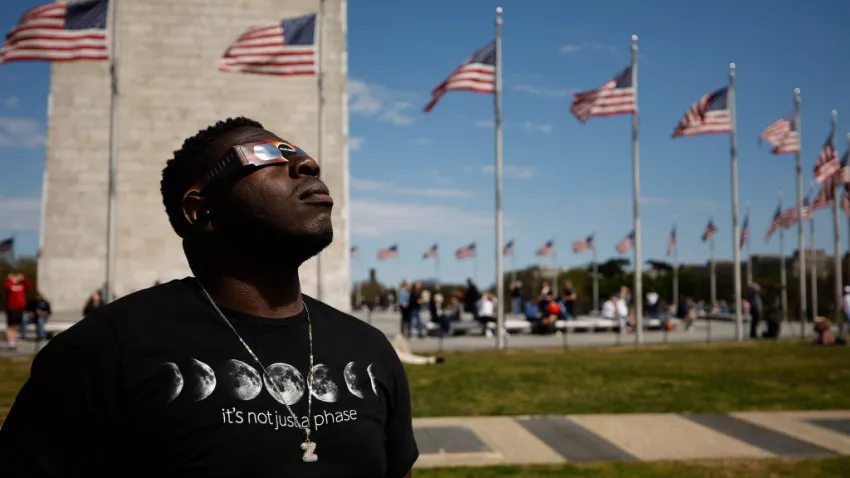
Partial solar eclipse dazzles DC area
Thousands of people in the Washington, D.C., area are expected to step outside Monday for a glimpse of a last-in-a-generation solar eclipse.
-
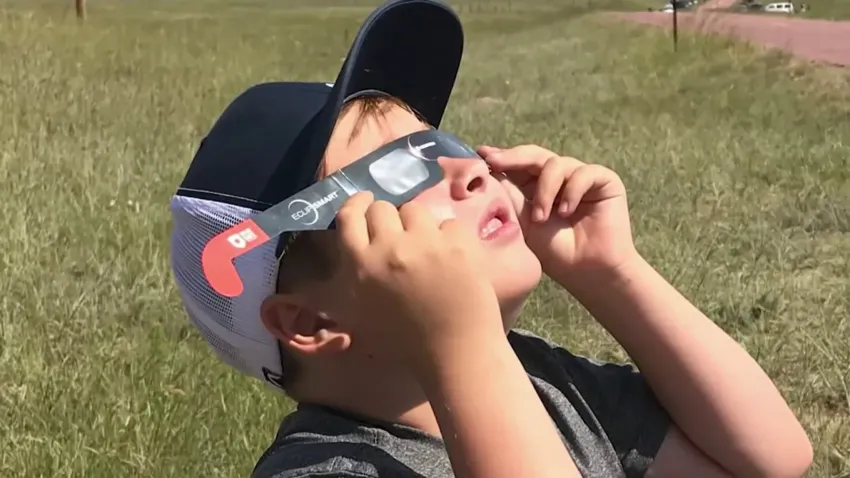
How do solar eclipse glasses work?
Storm Team4 Meteorologist (and Science Teacher!) Ryan Miller explains how solar eclipse glasses filter sunlight and home items you can use as alternatives.
-
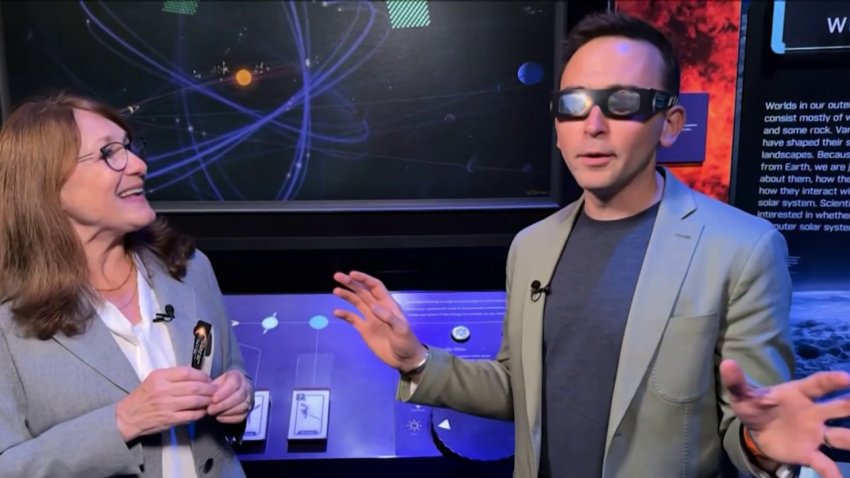
Where to watch the 2024 solar eclipse around the DMV
If you don’t want to watch the solar eclipse from your home or outside your office, there are plenty of events around the DMV to celebrate the spectacular space event. News4’s Tommy McFly reports.
-
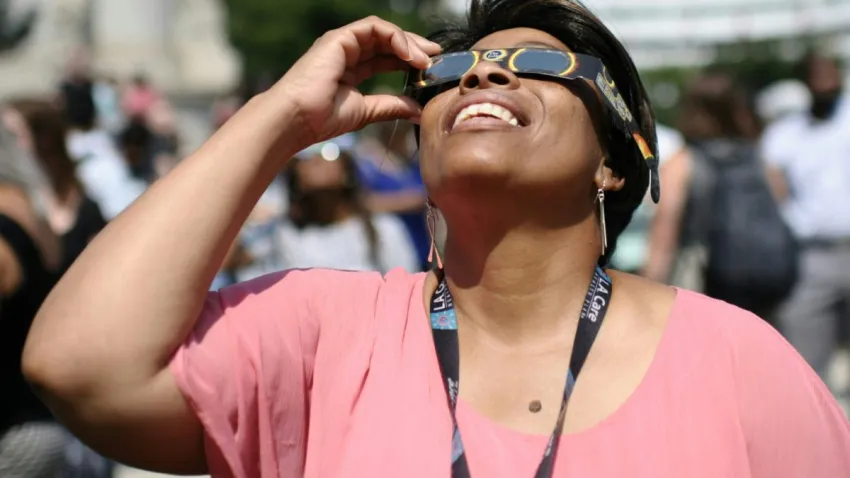
Where to find solar eclipse glasses in DC, Maryland and Virginia
Solar eclipse viewing parties aren’t complete without special eclipse viewing glasses.
-
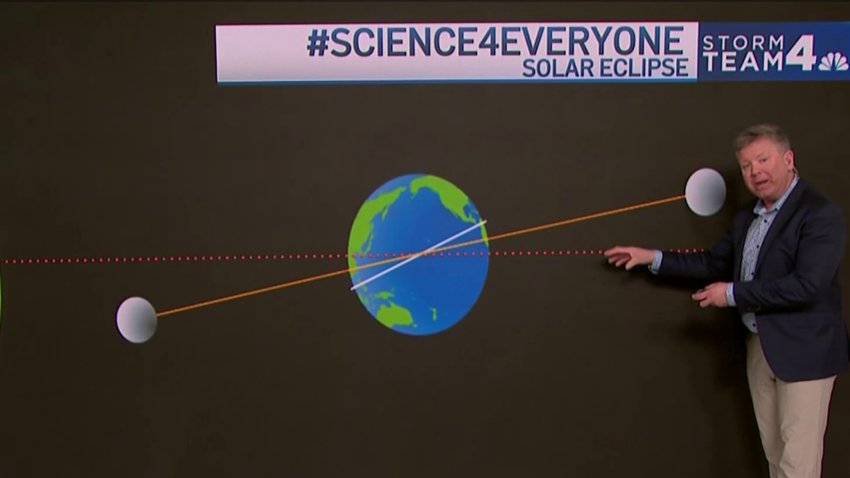
When is the next solar eclipse after 2024 in the DMV?
Ahead of the solar eclipse on April 8, Storm Team4 Meteorologist Ryan Miller explains how solar eclipses occur and when they have crossed the D.C. area.
-
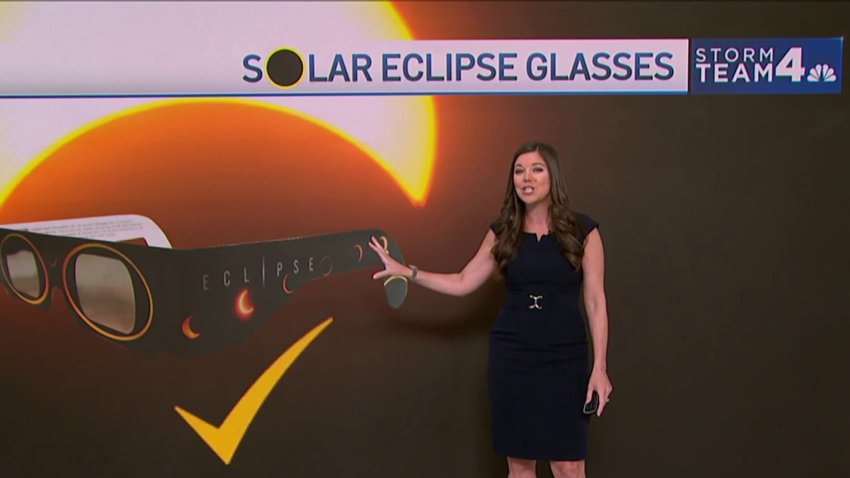
What to expect from the solar eclipse in the DC area
Storm Team4 shares four things to know about what the solar eclipse will be like in the D.C. area.
-

A ‘devil comet' is set to swing by the sun and could be visible during the eclipse
A “devil comet” known for its occasional outbursts is currently visible in the night sky, and lucky stargazers may even be able to spot the celestial object during next month’s much-anticipated solar eclipse, according to NBC News.
-

What is the difference between an equinox and a solstice?
Mark your calendar because the seasons are changing! Here’s what you need to know about equinoxes and solstices.
-
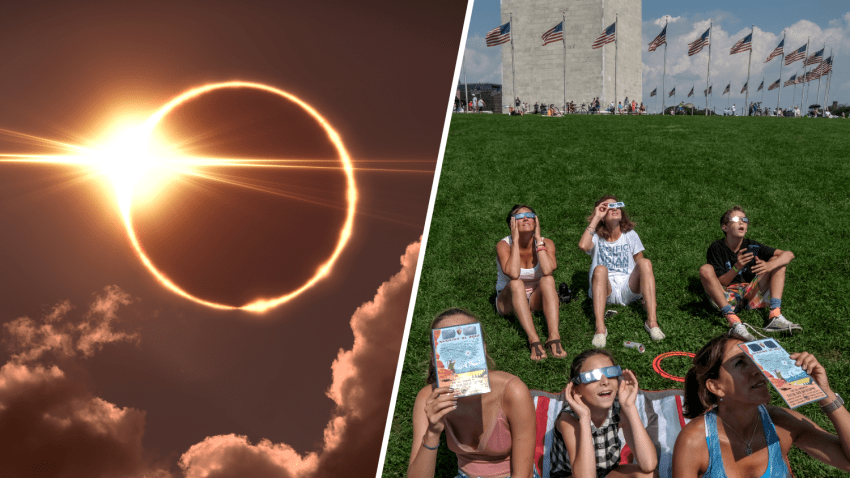
Solar Eclipse in DC: What to know about timing, festivals and more
A total solar eclipse will move across the United States in April, the last one visible over the continental U.S. for another 20 years. During the eclipse, the moon will cast its shadow on parts of North America as it comes between Earth and the sun, said Gina DiBraccio, the deputy director of heliophysics at NASA’s Goddard Space Flight Center....
-

See it: Fireball meteor spotted flashing over Virginia, Maryland and beyond
Over 200 people reported seeing a meteor fly over D.C., Maryland, Virginia and other northeastern states on Wednesday evening, according to the American Meteor Society (AMS). Dozens of people reported seeing the bright orb flash across the sky in Maryland and Virginia. The fireball was seen as far south as Lynchburg and Richmond, Virginia, and north toward Toronto, Canada, according…
-

Video shows possible meteor soaring over Virginia
A bright flash was spotted across the skies in Maryland and Virginia on Feb. 21, 2024.
-

Where and when to see the Wolf Moon tonight — The first full moon of 2024
A Full Wolf Moon happens once a year. Here’s what to do so you won’t miss it.
-

‘Cold Moon,' the final full moon of 2023, set to rise in the night sky this week
The 13th and final full moon of 2023, also known as the “Cold Moon,” will shine bright this holiday season, just in time to ring in the new year.
-

The Geminid meteor shower peaks tonight. Here's when and where to watch it
The annual Geminids will provide a cosmic spectacle Wednesday night and reach peak frenzy Thursday morning.

